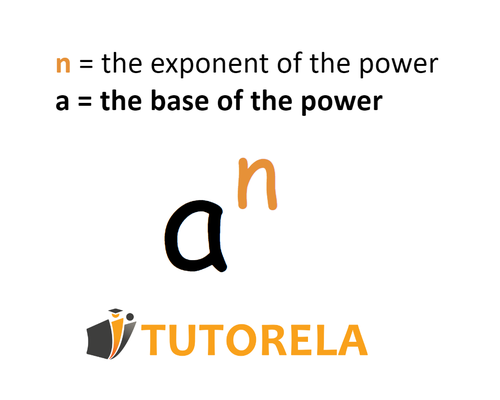To solve this problem, we'll follow these steps:
- Step 1: Set up the multiplication as 11×11.
- Step 2: Compute the product using basic arithmetic.
- Step 3: Compare the result with the provided multiple-choice answers to identify the correct one.
Now, let's work through each step:
Step 1: We begin with the calculation 11×11.
Step 2: Perform the multiplication:
- Multiply the units digits: 1×1=1.
- Next, for the tens digits: 11×10=110.
- Add the results: 110+1=111. This doesn't seem right, so let's break it down further.
Let's examine a more structured multiplication method:
Multiply 11 by 1 (last digit of the second 11), we get 11.
Multiply 11 by 10 (tens place of the second 11), we get 110.
If we align correctly and add the partial products:
11
+ 110
------------
121
Step 3: The correct multiplication yields the final result as 121. Upon reviewing the provided choices, the correct answer is choice 4: 121.
Therefore, the solution to the problem is 121.
